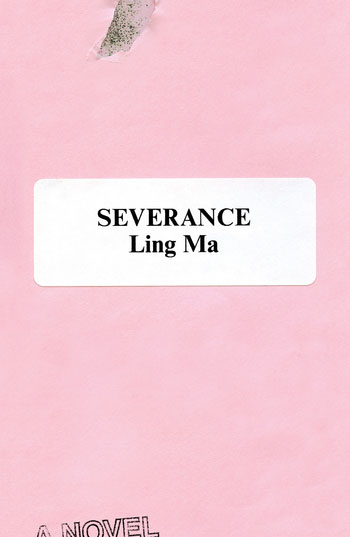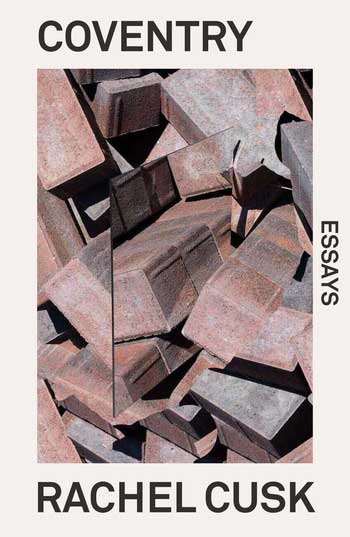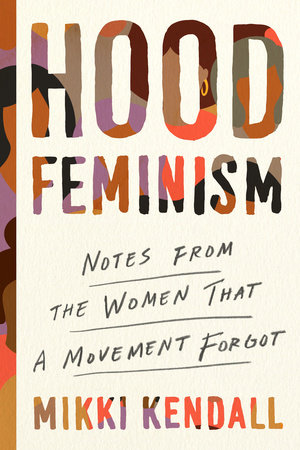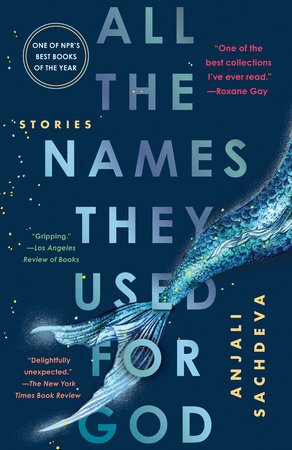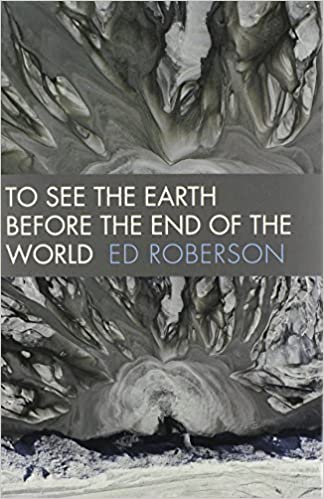SEVERANCE
BY LING MA
Am I the only one who hadn’t already read this novel? I remember being at a conference in early March (right before Covid-19 ceased all travel), seeing this book next to someone’s laptop in the hotel lobby, and feeling a kind of hunger pang at the sight of it. Everything I had heard about it—apocalyptic, millennial female protagonist, the conflation of late-stage capitalism with stability, etc.—piqued my curiosity. Now, almost 3 months later, deep into this incredibly well-written debut, I am in shock at how prescient it is—fair warning: if you haven’t read it yet, now may not be the time. The apocalypse in question is a pandemic called Shen Fever, and Candace, the book’s narrator, is one of a group of nine 20-somethings left alive in New York.
The novel alternates between the group’s migration to a bunker-like building—The Facility—outside of Chicago, and Candace’s life in New York City prior to the pandemic’s arrival. Ma captures, in strong and stunning detail, an incredibly relatable New York post-college existence, and reveals– as Candace’s somewhat mundane daily life of banal apartment parties, hookups, and job at a Bible publishing company in some ways comes to mirror the description of “the fevered”—a sharp look at how our relationships to our jobs, the internet, fast fashion, and other contemporary comforts can add up to profound alienation.
When Ma won the Whiting Award for Severance in March, she was asked by a reporter at the Chicago Tribune how she felt living through a moment that resembles aspects of her novel, and why she had declined to speak on some of the remarkable parallels between the novel and current events. Ma noted that it wasn’t a vision of future catastrophes, but a reflection of recent events—Hurricane Sandy, NYC blackouts, SARS, etc.—that fueled the story. She also expressed feeling uncomfortable conflating the novel and its promotion with the conversations around a current global health crisis. It strikes me that this novel touches on so many conversations and questions that define America at the moment—is our loyalty to our work reciprocated? Who do we elect to lead us in a time of crisis? How can we move forward with hope and vision?
COVENTRY
BY RACHEL CUSK
Cusk is best known for her novel trilogy, but this book of essays caught my eye, as I had read the title piece in Granta and was interested in the cool, crisp voice that seemed to convey subjects of great emotion or anxiety as something like logical conundrums. The collection opens with an essay-as-extended-metaphor about driving habits in the English seaside village where Cusk resides—the descriptions of the scenic marsh paralleled with a meticulous discussion of various rules, conventions, and practices observed on its back roads served as a strange but satisfying escapism from my daily quarantine life in Las Vegas. As it turns out, rules are a central theme of Cusk’s work—from this reader’s point of view, her fastidiousness vacillates between incisive, charming, or a bit overzealous. As one gets further into the collection, Cusk plants her nimble mind firmly on the subject of women, with topics including freedom, mothering, and marriage. In the third section of the book, “Classics and Bestsellers” Cusk critiques/reviews wildly popular novels, such as Never Let Me Go and Eat, Pray, Love, while also (more successfully) profiling women writers, including Natalia Ginzburg and Francoise Sagan.
The essays in Coventry don’t always hit the mark for me; there are postures about honesty, politeness, and even feminism that seem to depend on rather unexplored markers of privilege. There are moments where the lens on her subject is a bit fogged–for example, one of Cusk’s attempts to explain “rudeness” in contemporary life clumsily bridges her observations in an airport security line and her experience shopping at a London boutique with the diction of Hillary Clinton and Donald Trump in the 2016 election.
At other times, though, Cusk’s ability to take a birds-eye view of her subject—exploring, for example, people’s relationships to silence, and the implications of making “a home”—shapes nebulous ideas into luminous clarity. Most often, this occurs in the book in moments when erudition does not prevail over empathy. Overall, I find the rigor of Cusk’s attention compelling and am interested to explore her fiction.
HOOD FEMINISM: NOTES FROM THE WOMEN THAT A MOVEMENT FORGOT
BY MIKKI KENDALL
I’ve spent a good part of my adult life participating in, working for, and sometimes leading initiatives centered on feminist activity, especially in terms of literature and publishing. The more I have experienced and learned (largely thanks to the labor and art of others), the more complex feminism has become for me, and the more critical I have been of my engagement with and definition of it over the years. In 2013, Mikki Kendall introduced the hashtag #solidarityisforwhitewomen as a call to interrogate the way that mainstream feminism centers white middle class women, and does so to the detriment of other women, primarily women of color. Hood Feminism, Kendall’s revelatory debut, extends this critique and traces a history of a movement that has been anything but inclusive.
Kendall notes, at the book’s beginning, that this is not meant to be “a comfortable read.” One of the aspects of this book I appreciate most is this immediate upending of the idea or goal of comfort—specifically among middle class white women. It is in the effort to maintain that comfort, Kendall asserts, when critique of mainstream feminism is dismissed as “in-fighting” instead of a call to listen and actively solve problems. Campaigns like “Lean In” and discussions about “having it all” are irrelevant for women whose concerns are still figuring out ways to survive in America.
As somebody squarely in the demographic that Kendall is critiquing here, I see this book as an opportunity to consider language around feminism, broaden the scope of my attention, and work harder to make sure that any expression of my feminism does not oppress others. I am also grateful for a text that digs deep into what intersectional feminism needs and could look like–far beyond conversations in the classroom or in academia, where intersectionality can too often be discussed as a vehemently agreed-upon, but abstract, framework. Kendall makes the case that issues such as gun violence and hunger/food insecurity, among many topics often relegated to other spheres, are critical feminist issues that those with privilege and access must advocate for regularly. She brilliantly breaks down the implications of rape culture, pointing out that it is a system “that positions some bodies as deserving to be attacked” and argues that this system “hinges on ignoring the mistreatment of marginalized women….[i]t requires everyone else to buy into respectability as safety, then immediately position every step away from that standard as culpability for being violated.”
At the heart of this book is a continuous call for feminists with access and privilege to work to change the cultural conversation by challenging ingrained narratives, and advocating for security, healthcare, and essential services for those who are most vulnerable. It’s one of the most gripping texts on feminism I’ve read in recent years.
ALL THE NAMES THEY USED FOR GOD
BY ANJALI SACHDEVA
I’ve just begun to delve into Sachdeva’s debut collection of short stories, and, for some reason, decided not to read them linearly. I have no idea why I made this decision—I can say, confidently, that I have never read a book of short stories or essays any way other than start to finish, and while I’m sure I’ve read poetry collections this way in the past, it’s a rarity. After reading a third of the collection, however, it seems an utterly fitting approach to a book whose stories largely traffic in questions of fate, and of compulsion or experience that happens beyond the limits of habit, or of the body itself.
I began with “Pleiades”, a story about seven sisters—septuplets—who are born through the vision of their geneticist parents, only to perish, one by one, before they reach adulthood. The story centers on the last living sister, Del, and her attempt to outrun her death—or at the very least, to stop waiting for it—by driving to California. She picks up Troy, a hitchhiker, who has a difficult time getting past the outward appearance of Del’s illness, but who ultimately considers his own fate as the person who accompanies her on her last trip. This story, told in alternating points of view between Del and Troy, was deeply affective, especially in the moments when the two characters have physical contact—their bodies serving as conduits between this world and the next. Troy recalls, sharing a hotel bed with Del, “The hours of the night stretch and blend….I want to chase the darkness out from under her eyes, breathe life back into her, fill her up with mud if that’s what’ll make it work.” Later, Del presses Troy’s hand against her bruised chest:
“I can almost imagine a life all my own….But ghosts with my face surround me, six other hearts echo my heartbeat. There is nothing I can give him because nothing I have is mine.”
Another story from the collection, “Logging Lake” finds its central character, Robert, at a crossroads between his past self (Old Bob, whose longterm girlfriend Linda left him for being too complacent,) and his current incarnation (New Robert, whose new motto is “Say Yes to Everyting.”) Robert meets the audacious Terri on a dating site, and vows to himself to venture out of his comfort zone, even going so far as to agree, after one date, to an impromptu trip from Seattle to Montana to hike in Glacier National Park. As night falls on the trail, Robert and Terri need to find a closer campsite than originally planned, and, at Terri’s urging, break the rules to stay in a “closed” site. As Robert grows increasingly uncomfortable with decisions he’s making with Terri, he continues to reflect on his depression over his breakup with Linda, and vows to dismiss his instincts in favor of the unfamiliar. When Robert wakes in the morning and Terri is gone, the wilderness shifts from the story’s backdrop to a symbol of Robert’s interiority.
What is most impressive about these stories is their economy—in just a few pages, Sachdeva somehow creates stories that make the reader feel as though they’ve experienced whole swaths of the characters’ lives. This is especially notable given that the stories often traverse the natural/real into otherworldly possibility. While sometimes dreamlike, the stories’ protagonists are always grounded by rich and detailed emotional lives.
TO SEE THE EARTH BEFORE THE END OF THE WORLD
BY ED ROBERSON
I couldn’t conclude this list without a book of poetry—I’m re-reading this favorite and have returned to it many times over the last couple of weeks, for wisdom, comfort, and vision. The poems in Roberson’s expansive 2010 collection simultaneously slow me down, re-attuning my attention to the possibilities of language, and enthrall with lush sonics and energetic syntax. From “the level”:
The glassed bubble floated in that fill
Of liquid: same in its align to gravity
Your ears’ balance floated in your eye level.
What makes Roberson’s poems feel so visionary is that they often contain both the infinite (in their reflection of the natural world and the cosmos– “spiral galaxies, / those ancient halos,”) and the concretely human (drawing on jazz, Chicago, friendships, the body) in the span of a few lines. From “13”:
in the lake light column
of moon the sun’s
flaming cloud pillar
to follow one
after the other
across
the water the listed ripple
items
move the
dispassionate line
you are bound to:
the story
the story cutting deep
into your flesh
each passage
another passage
It often seems as though Roberson has a portal to the planet’s most remote, yet expansive, locations—the edge of a frozen lake, the outer curve of the earth, the face of a cliff–and it is from these thresholds that he reports. Earlier this month, Roberson was awarded the 2020 Jackson Prize from Poets & Writers. Judges Nikky Finney, Anne Waldman, and Robert Wrigley’s citation praised Roberson’s “meticulous care and crystalline intelligence” noting that “his poetry embraces ecological gnosis” and helps us “breathe in the long lineage of spirit and aspiration of [both] consciousness and conscience.” The last three poems in To See the Earth… are, to my mind, as perfect an ending as could be imagined for such a sprawling and generous collection. From the first of those final poems, two stanzas from “As at the Far Edge of Circling:
taken that the horizon written
by the spin of my compass is that this is
is not enough a point to turn around on,
is like a skin that falls short of edge
as a rug, that covers a no longer
natural spot, no longer existent
to live on from, the map of my person
come to the end of, but not done.
